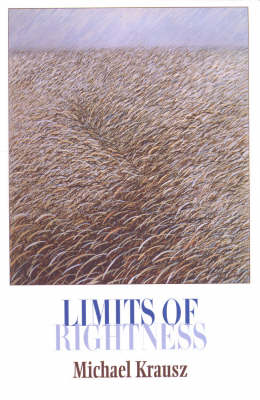Philosophy and the Global Context
1 total work
Do cultural artifacts admit of only one single admissible interpretation? Or do they admit of several admissible interpretations? If so, do such multiple interpretations arise only in connection with the material world? And what is the relation between such ideals of interpretation and the ontology of their objects? In this searching book Krausz considers the conditions under which singularism obtains (where one and only one interpretation is admissible), the conditions under which multiplism obtains (where more than one interpretation is admissible), and, finally the conditions under which neither singularism nor multiplism obtain, hence the "limits of rightness." When considering the relation between interpretive ideals and the ontology of interpreted objects, Krausz explores and develops varieties of realism, constructivism, and constructive realism. Finally, Krausz extends the notions of singularism and mutliplism to directional life paths and projects. In the course of his treatment Krausz considers such diverse examples as the paintings of Anselm Kiefer, Cristo's Wrapped Reichstag, Indian burial rites, Hindu and Buddhist soteriologies, as well as middle-sized objects and sub-atomic particles. And he considers contributions of such thinkers as John Searle, Nelson Goodman, Rom Harre, Bernard Harrison and Patricial Hanna, Fritz Wallner, Hilary Putnam, Chhanda Gupta, Joseph Margolis, David Norton, and Martha Nussbaum.
